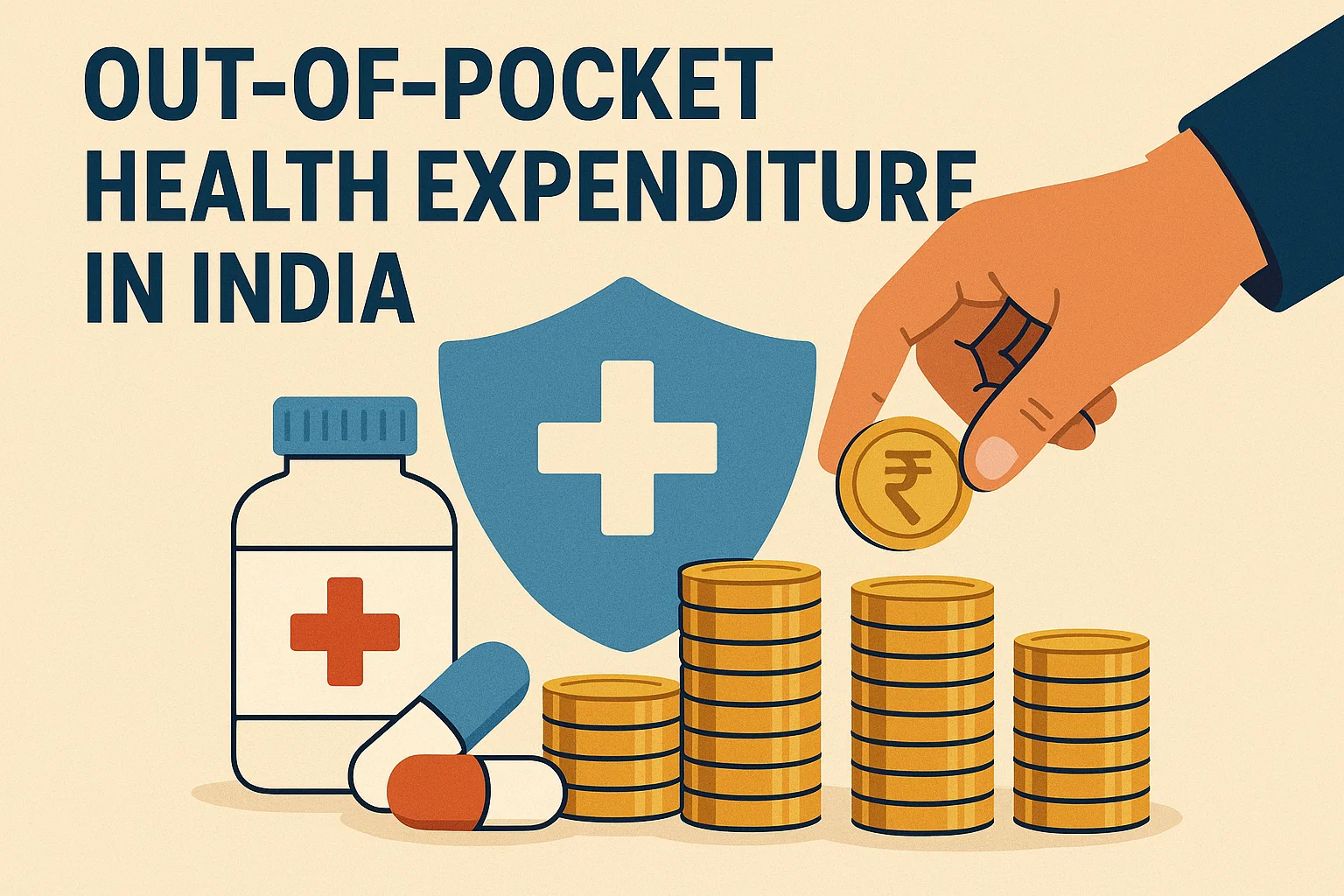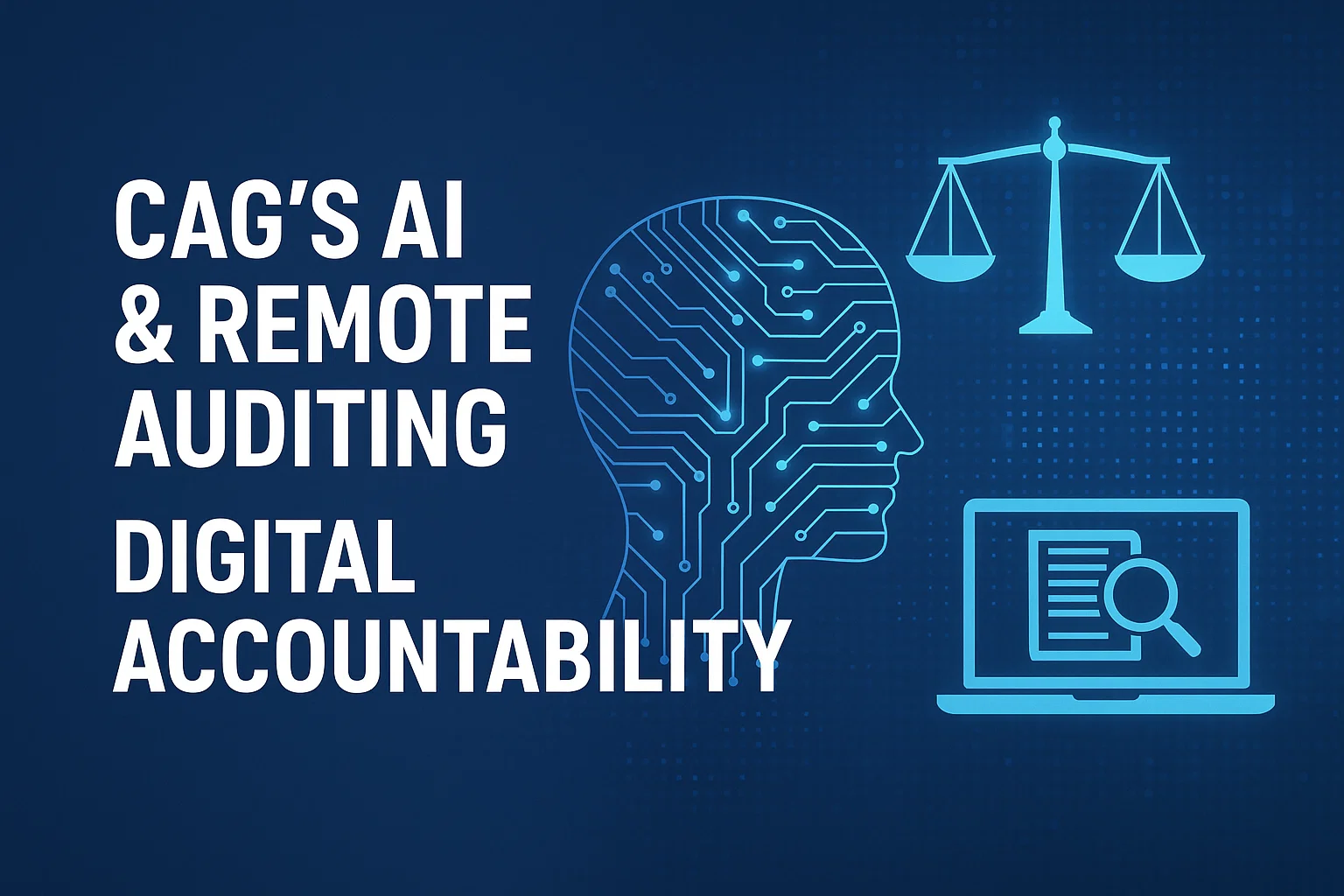Font size:
Print
India Justice Report 2025
Delhi Leads in Police Reforms, Judge-to-Population Ratio, and E-Prison Initiatives
Context: Delhi has emerged as a frontrunner in multiple law enforcement and justice delivery metrics, according to the India Justice Report (IJR) 2025.
Delhi Sets Benchmark in Women’s Representation in Police Force
- The national capital is the only state or Union Territory that has fully implemented the Ministry of Home Affairs (MHA) recommendation of appointing at least three women sub-inspectors and 10 women constables per police station.
- As of January 2023, Delhi exceeded these benchmarks, averaging 4.7 women sub-inspectors and 41 women constables per police station.
More Insights
The India Justice Report (IJR) 2025 is the country’s only comprehensive ranking of states based on the delivery of justice. Initiated by Tata Trusts in 2019, produced in collaboration with several civil society organisations, the report assesses states on four critical pillars: police, judiciary, prisons, and legal aid.
Top Performers and Rankings
- Karnataka tops the list, followed by Andhra Pradesh, Telangana, Kerala, and Tamil Nadu.
- West Bengal ranks at the bottom, with Uttar Pradesh, Uttarakhand, Jharkhand, and Rajasthan also performing poorly.
- Among small states, Sikkim is the best performer, while Goa is at the bottom.
National Systemic Issues
-
- Police: The national police-population ratio is stagnant at 155 per 100,000, well below the sanctioned 197.5. Bihar fares the worst (81 per lakh).
- Prisons: Over the last decade, the prison population surged by nearly 50%. The proportion of undertrials rose from 66% to 76%.
- Judiciary: India has only 15 judges per million people, far below the Law Commission’s recommendation.
- Legal Aid: National per capita spend on legal aid is just ₹6.46 per annum, and no state spends more than 1% of its budget on the judiciary.
- Representation: Women account for 38.3% of district judges and 14% of high court judges. SC, ST, and OBC representation remains limited, especially at higher judicial levels.
Trends and Improvements
- Bihar showed the most improvement in policing since 2022.
- Rajasthan, Kerala, and Madhya Pradesh improved most on judicial indicators.
- Odisha and Jharkhand made the biggest gains in prison management.
- Haryana improved the most in legal aid provision.
Highest Police Training Investment in the Country
- Delhi also leads in police training expenditure, investing ₹28,614 per police personnel in 2021–22—over three times the national average of ₹8,343.
- This reflects the Capital’s commitment to enhancing law enforcement capabilities and modern policing standards.
India’s Best Judge-to-Population Ratio
- In the judicial domain, Delhi topped the nation with 36 judges per 10 lakh (1 million) people, far above the national average of 15 judges per million.
- India, with a population of 1.4 billion, has only 21,285 judges—well below the 1987 Law Commission’s recommendation of 50 judges per million population.
Delhi Prisons: High E-Mulaqat Usage but Overcrowding Concerns
- The Capital has made strides in digital prison reforms.
- It recorded a staggering 80,809 E-mulaqats (online prisoner meetings) in 2023, allowing inmates to stay connected with family and legal advisors.
- However, the report also highlighted serious issues within Delhi’s prison system:
- Overcrowding: Three out of 16 jails had occupancy rates of over 250% as of January 2023.
- Since 2012, Delhi’s jails have consistently recorded occupancy rates above 170%.
- High Undertrial Population: A staggering 90% of prisoners in Delhi were undertrials in 2022—the highest in India.
- Among large states, Bihar followed with 89%, and Odisha with 85%.
- Overcrowding: Three out of 16 jails had occupancy rates of over 250% as of January 2023.
Doctor-to-Prisoner Ratio Meets National Standard
- Delhi is one of only four regions—alongside Arunachal Pradesh, Manipur, and Meghalaya—that meets the Model Prison Manual’s benchmark of one doctor for every 300 prisoners.
- This reflects a significant achievement in prison healthcare infrastructure.
Spending Per Inmate: Delhi Among Top Three
- Delhi ranked third in per-inmate spending in 2022 at ₹407, following Andhra Pradesh (₹733) and Haryana (₹437).
- This demonstrates a relatively higher investment in inmate welfare and correctional services.
Judicial Workload and Case Clearance Rate Still a Concern
Despite excelling in judge-to-population ratio, Delhi’s courts are under pressure. In 2024:
- Each district court judge handled 2,023 cases—up from 1,551 in 2017.
- The Case Clearance Rate (CCR) stood at 78%, below the national average of 100%.
- Delhi achieved a 100% CCR only once—in 2023.


